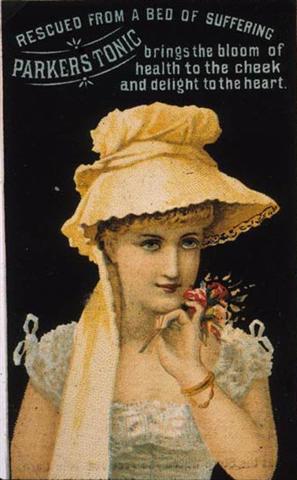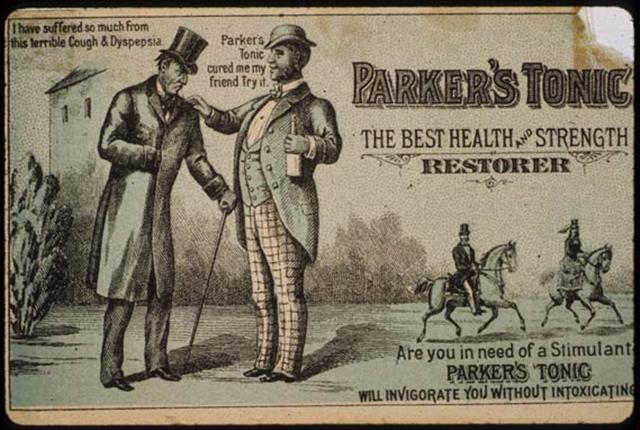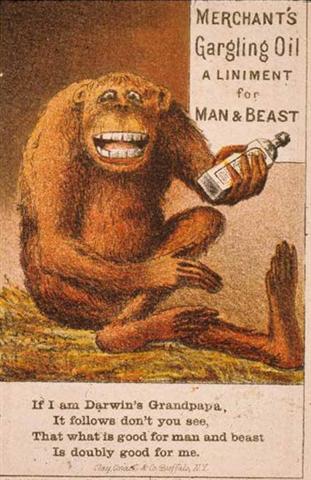|
The Harvey Years
 
Pharmacy and Health Care
In the 1830’s, codeine was first isolated and the production of soft gelatin capsules patented. The same decade witnessed the discovery of ether and chloroform, with their applications as anaesthetics in surgery demonstrated in the 1840’s. However, a major boost in their general acceptance came from an unexpected but powerful source, when Queen Victoria agreed in 1853 to use chloroform to alleviate her pain in childbirth for the delivery of her eighth child, Prince Leopold.
In the area of over-the-counter or patent or proprietary remedies, activity was just starting to heat up to the frantic and unregulated pace it would become before the 19th century was out. Major sales volume was increasingly achieved via trading card promotions, as well as newspaper and magazine advertisements. Liberal retail gross margins, as well as a generous content of alcohol and narcotics added to the picture.
The same remedies might be promoted, on trade cards (shown below), to bring the bloom of health back into the cheeks of young maidens, restore lost manhood to the aging bucks, and rescue innocent children from their very deathbeds.
 
The wildest claims to cure literally anything from cancer to hangnails in man or in beast remained unchecked by legislation until the 20th- century food and drug laws first incorporated effective measures. The first controls on narcotic substances also came about the same time, assisted by international cooperation.
 
In 1841, the Pharmaceutical Society of Great Britain was founded and soon after launched its own journal and established a pharmacy school. Its aim was to organize the profession and to establish standards of qualification and practice. There was a great need in Britain and indeed also in North America to set standards for pharmacy and other health professions.
With the opening of the Erie and Welland Canals during James Harvey's time, goods were able to come more directly from overseas and also from the major American manufacturing areas on the Eastern Seaboard, such as New York City.
The Welland Canal also opened more efficient trading from the rapidly developing American Midwest, especially Chicago. This meant that pharmacies could now depend on more reliable and faster delivery sources of pharmaceutical preparations. In short, the pharmacy would come to look more like a traditional pharmacy and less like a general store, although mixed practices certainly continued, especially as frontier conditions moved westward across the continent.
 
|


